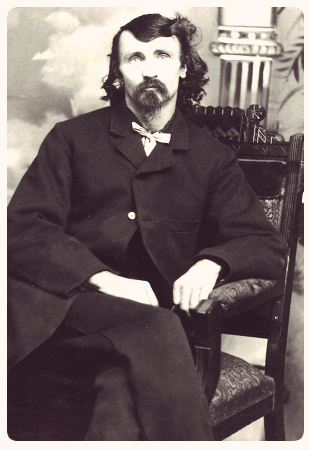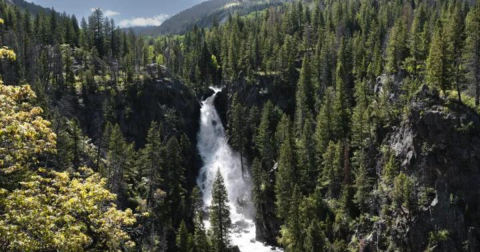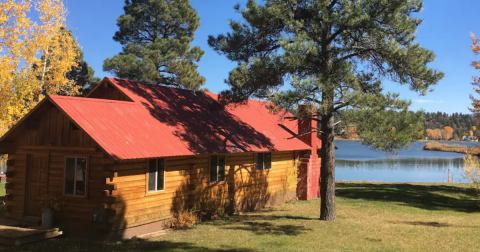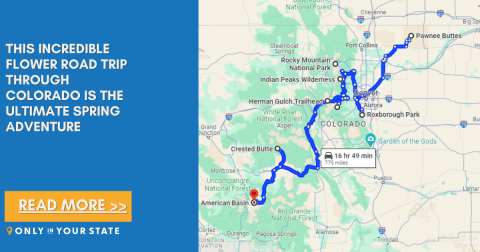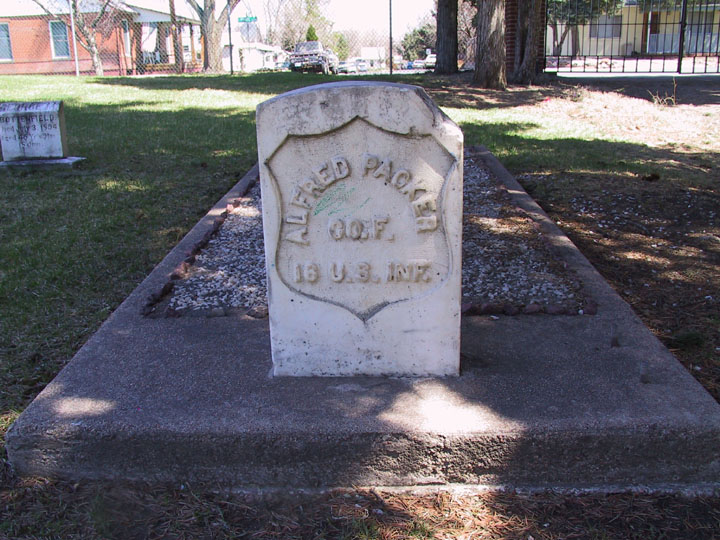The Mysterious Grave Of This Twisted Coloradoan Is Beyond Disturbing
If you attended public school in Colorado, you most likely remember learning about Alfred “Alferd” Packer, the American prospector who was tried and convicted of eating the five men he was traveling with through the San Juan Mountains.
As the story goes, Packer was traveling with a group of 21 other gold miners in early 1874. During one of their stops, the men met Chief Ouray in Montrose, who encouraged them to postpone their journey until the spring. Several took heed to Ouray’s advice, but Packer and five others did not. Months later, Packer arrived alone in Gunnison, where he claimed to have been abandoned by the other men when his feet became frozen. Finally, after being discovered with several of the missing men’s belongings, Packer confessed that four of the men were killed and eaten by another member of their party, who Packer killed in self-defense.
When he was unable to lead local law enforcement to the group’s original campsite, and after an attempt to stab the town Constable, Packer was arrested, only to escape and later be found hiding out in Cheyenne, Wyoming. Packer was eventually convicted on five counts of manslaughter and was sentenced to 40 years, before receiving parole. He died near Littleton at the age of 65.



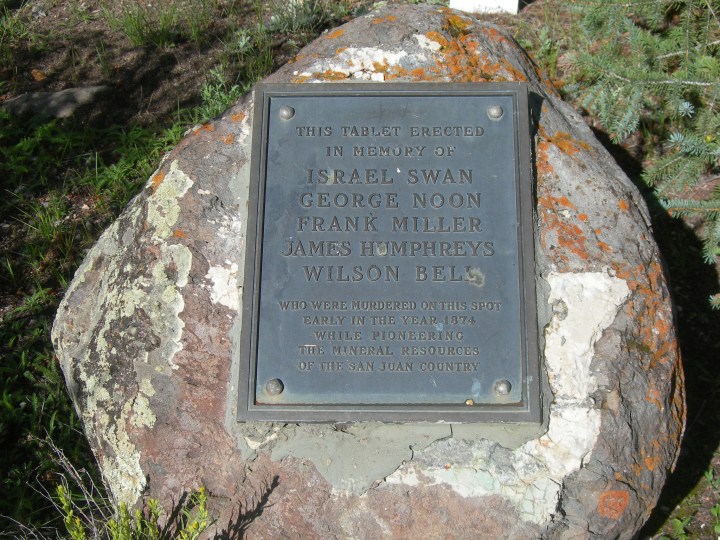
The mystery surrounding Packer, and whether or not he killed the men or ate them after they died of starvation, remains a mystery to do this day, as does the appeal to visit his grave at Littleton Cemetery.
After several attempts were made to steal Packer’s headstone and skeletal remains, the grave was doused in cement which, along with the adornment of flowers and coins, adds another layer of eeriness to the legend’s final resting place.
We want to hear your take: Was Packer telling the truth? Did the “Colorado Cannibal” murder the men or eat them after they’d died of natural causes? Give us your take in the comments section!
OnlyInYourState may earn compensation through affiliate links in this article. As an Amazon Associate, we earn from qualifying purchases.


